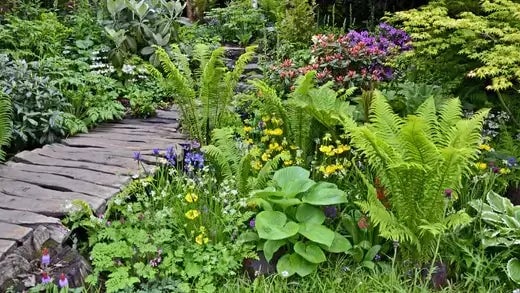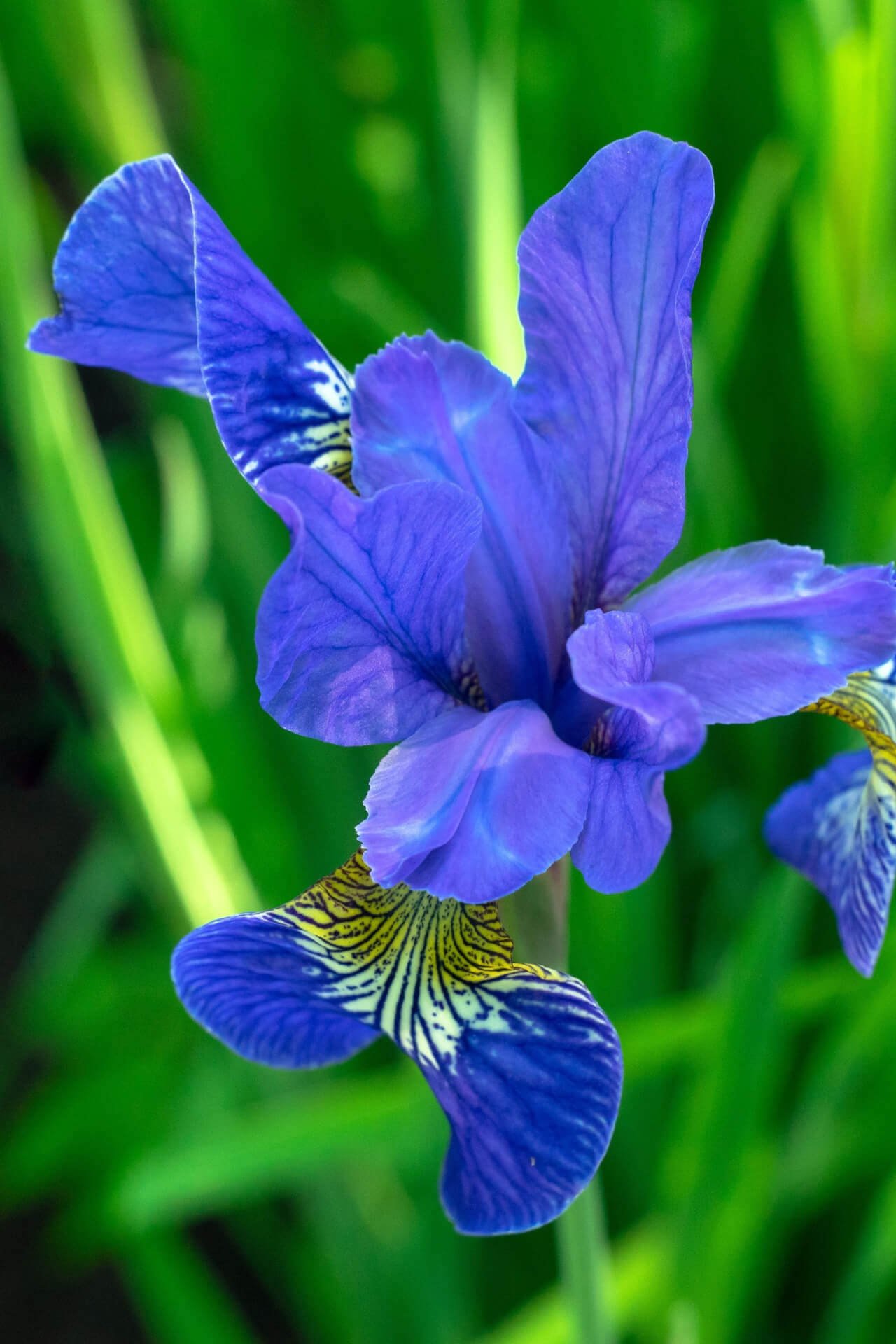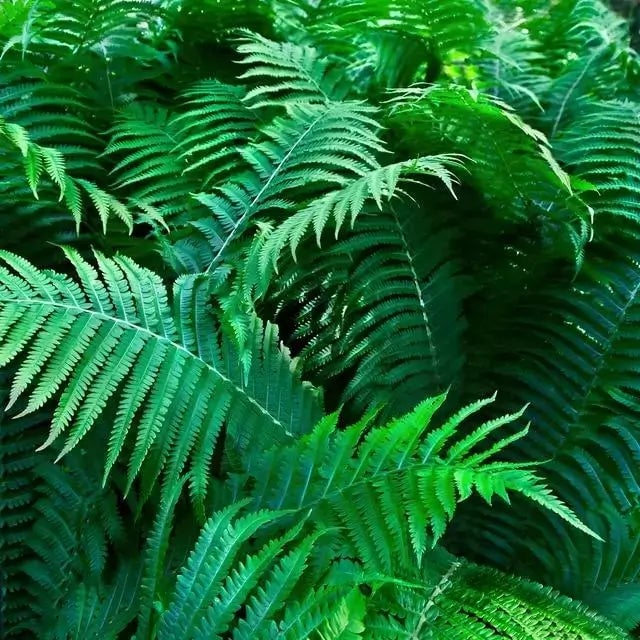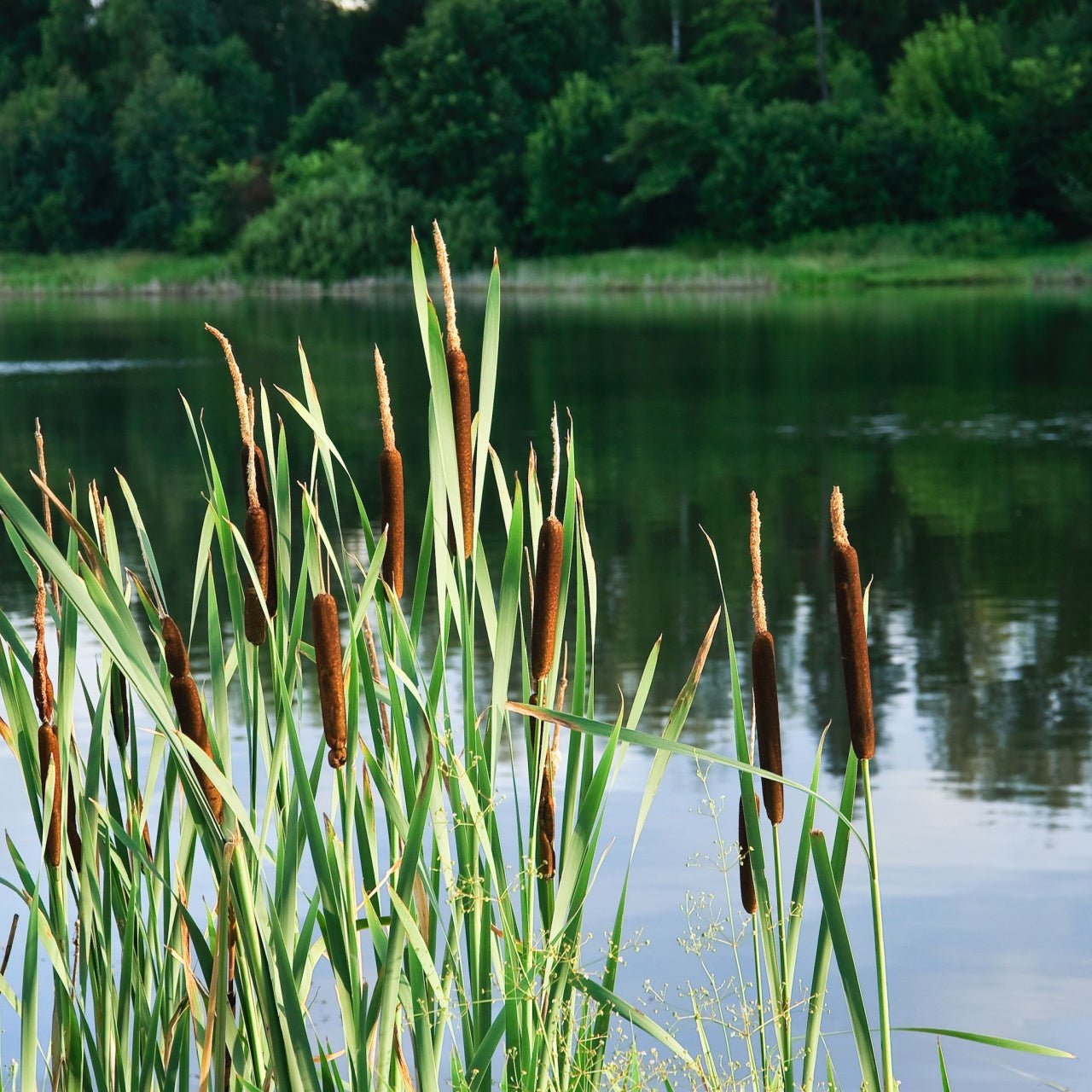Best Plants for a Bog Garden
Creating a bog garden brings wild, untamed beauty to your landscape. It is perfect for areas with poor drainage or naturally damp soil. Picking the right plants for this wet environment ensures your garden thrives while adding vibrant colors and textures. Bog gardens are a haven for moisture-loving plants, offering a peaceful retreat for wildlife and humans alike. Here's a look at some of the best plants to consider when designing your boggy paradise.
Cattails are quintessential, lending height and drama to any water's edge. Their tall, slender stalks and velvety brown seed heads sway gently in the breeze, creating a mesmerizing effect. These plants are also fantastic for providing homes and snacks for birds and other wildlife, making them as practical as beautiful.
Iris Versicolor, or Blue Flag Iris, is another standout option. Its stunning purple-blue blooms bring a bold splash of color to your bog garden in early summer. This native plant thrives in damp soil and shallow water, making it an excellent choice for edging ponds or streambeds. Its sword-like foliage adds a year-round structure to your garden.
Vibrant and Resilient Bog Garden Plants
Adding variety to your bog garden keeps the area enjoyable year-round. Marsh Marigold is a cheerful addition, offering spring clusters of bright yellow flowers. This plant thrives in wet soil, and its glossy green leaves remain attractive long after the blooms fade.
Pickerelweed is another favorite, with its striking purple flower spikes emerging in summer. This hardy perennial grows happily in shallow water or saturated soil, making it ideal for filling gaps in your bog garden.
For something a little different, try Cardinal Flower. This moisture-loving perennial attracts hummingbirds and butterflies with its fiery red blooms, bringing movement and life to your garden. It pairs beautifully with the more subdued tones of Soft Rush, a grass-like plant that adds texture and helps stabilize wet soil.
Building a bog garden is more than just planting; it's about creating a habitat where plants, wildlife, and water coexist harmoniously. With the right mix of vibrant flowers and hardy greenery, your bog garden will be a stunning and serene addition to your landscape.
There are a variety of plants that you can grow in your bog garden.
You can plant ferns, grasses, sedges, plants, and almost any kind of plant that loves moisture. You can plant several varieties together and design your bog garden with attractive colors and textures of plants.
When growing plants, do not plant them too close, as they will appear cluttered and overcrowded once they grow up. There should be enough spacing so each plant has its share to flaunt the fantastic colors and foliage. Arrange the plants by visualizing how you want to see them after they mature. Taller and more elaborate ones should be planted at the back.
Some common plants that are widely used to accentuate a bog garden:
Cattail: They are the most common wetland plants, also known as Typha. You can easily spot them in the wild near ponds and marshy areas. They produce flowers in late spring or early summer and ‘Cattails’ in late summer and fall. Cattails are tall plants that can add a vertical presence to your bog garden. Some people are known to consume the edible parts of this plant. They are easy to grow and form dense colonies.
Lizard’s Tail is a flowering plant native to China and Japan. It produces white flowers that look striking against the bright green foliage. This plant can grow in moist to slightly submerged conditions. The glossy leaves draw attention to the flowers, which usually appear in the summer season.
Umbrella Plant—The scientific name of the Umbrella plant is Cyperus alternifolius. It has long, narrow leaves arranged as an umbrella, giving it its name. The plant forms clumps and is ideal for a backdrop for small flowering plants in the front. They produce small yellow to green colored flowers.
Ruellia—They are sometimes referred to as Bluebells because of the bluish-colored flowers they bear. A semi-woody flowering plant or shrub can grow up to 2- 3 feet tall. The flowers are bluish or purple-colored, and they are trumpet-shaped. They are produced in clusters arising from the main stem. The plants bloom in July, August, and September months.
Crinum Americanum—They are also known as bog lilies and are commonly found on the edge of streams or lakes. They have a strap of long leaves and produce fragrant white-colored flowers from spring to fall. This plant is a must-have for large bogs.
Fairy Lily—Fairy Lily or Zephyr Lily produces beautiful, showy white-colored flowers. They bloom during summer and fall. Some of the same genus varieties produce striking pink and yellow flowers that are equally appealing. This plant can grow in full to partially shady areas.
These are some wetland plants you can grow in your bog garden. They are readily available in the nurseries and can add to the beauty of your bog garden.
Building a Beautiful Bog Garden: A Step-by-Step Guide
Creating a beautiful bog garden offers a fulfilling project introducing natural wetland aesthetics to your outdoor area. Bog gardens succeed in saturated environments, which provide moisture-rich and nutrient-dense grounds for specially adapted plants, unlike traditional gardens, which need good drainage. A thriving and visually striking bog garden emerges from selecting an appropriate location and establishing the correct substrate while maintaining consistent moisture levels. Follow these steps to begin developing a thriving and functional bog garden.
First, consider the location. Bog gardens need lots of water, so locating (or building) an area that traps water efficiently is essential. Gardeners often transform areas in their yards that naturally accumulate rainwater or face flooding during certain seasons into functional spaces. To establish artificial bogs, gardeners dig a soil depression and put a liner to retain water. The success of both methods depends on selecting a location that receives sunlight and shade in equal measure. Bog-loving plants require plenty of sun and protection from the intense midday heat. Monitor sunlight exposure in your yard for one or two days and choose a location with manageable sun intensity.
After selecting the site, the following phase involves excavation and lining. Creating a defined bog space requires only minimal excavation and shaping when working with an already moist area. When building from the ground up, you need to excavate a hole that measures between 12 and 18 inches in depth before you shape it according to your preferred dimensions and design. A gentle slope towards the deepest area ensures water retention, while edges can adopt tiered or sloped designs. After digging the hole, you must smooth its sides to eliminate large rocks or sticks that could harm your liner.
A water-retaining liner must be added to keep the bog area consistently moist. Gardeners often use pond liners or landscaping plastic to stabilize their water levels. Place the liner gently in the hole while ensuring extra material remains to adjust into small crevices. Your liner should extend beyond the edges so it can be hidden by soil or decorative stones later. You should establish drainage holes at the top edges of the liner for optimal water control. The drainage holes created at the liner edges enable excess water release during heavy rainfalls, protecting bog plants from flood damage.
When your liner is positioned correctly, prepare the soil mixture that fills your bog. Bog soil consists of elements that retain moisture yet enable proper air circulation. Gardeners often combine organic substances like peat or coir with moisture-retaining soil and sand. Organic materials maintain moisture and provide nutrients, while sand helps with drainage and prevents substrate compaction. Add your selected soil mixture to the hole until it reaches below ground level. Water it thoroughly, letting the soil settle. If the soil mix compacts too much, add an extra portion.
With your bog filled and moistened, you can now plan its layout. A bog garden achieves its visual appeal through the juxtaposition of texture and form rather than the traditional use of height and color. Organize your bog garden by positioning taller plants in the middle or back area while placing smaller creeping varieties along the perimeter. Different shapes and textures of leaves, together with their sizes, create an attractive tapestry effect.
Establishing a bog garden requires you to care for your selected plants. Start by thoroughly watering each plant prior to transplanting to minimize shock, and then create a small hole for each individual plant. Pack the soil tightly around the plant roots to prevent air pockets from forming. After arranging all elements, give the garden a thorough watering to compact the soil and support root establishment. During the initial weeks after planting, closely check the moisture levels. Newly transplanted specimens require additional attention while they adapt to their new environment.
The essential maintenance task for a bog garden is to maintain the soil's moisture and health. Monitor the soil moisture level regularly and use a gentle water source to moisten the soil when it begins to show signs of drying out. Keep the top drainage holes of your liner clear to safeguard against stagnant floods in heavy rain regions. Using moisture-retaining materials for periodic mulching maintains soil moisture while preventing weed growth.
Some plants will eventually grow stronger than others, resulting in crowded spaces and uneven plant distribution. Applying minor pruning alongside careful thinning practices keeps your garden orderly and well-balanced. Eliminate dead plant matter quickly to prevent fungal problems and promote healthy plant development. For bog gardens in cold regions, mulch or leaf litter should be used as insulation during the winter months to protect plant roots from freezing. The additional layer creates a stable environment that supports garden regeneration with new growth every spring.
A beautiful and flourishing bog garden results from choosing the right location accompanied by proper soil preparation and consistent moisture management. Unique foliage and diverse textures unified by a gentle water presence create a captivating setting.
Read more
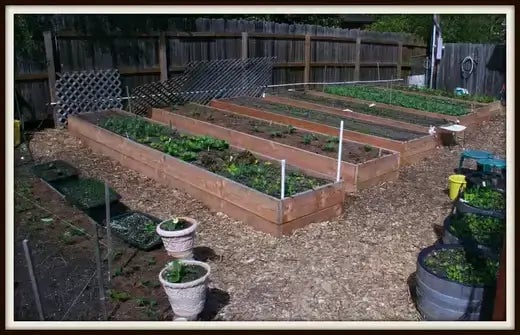
A well-done home garden will undoubtedly attract a lot of attention from all your visitors and guests. There is a wide range of plants, hedges, and perennials that you can buy to get a perfect make...

Colorful and vibrant flowering shrubs can be a focal point of any garden and attract a lot of attention. A single variety can be used as a specimen, and/or several small flowering shrubs can be use...


